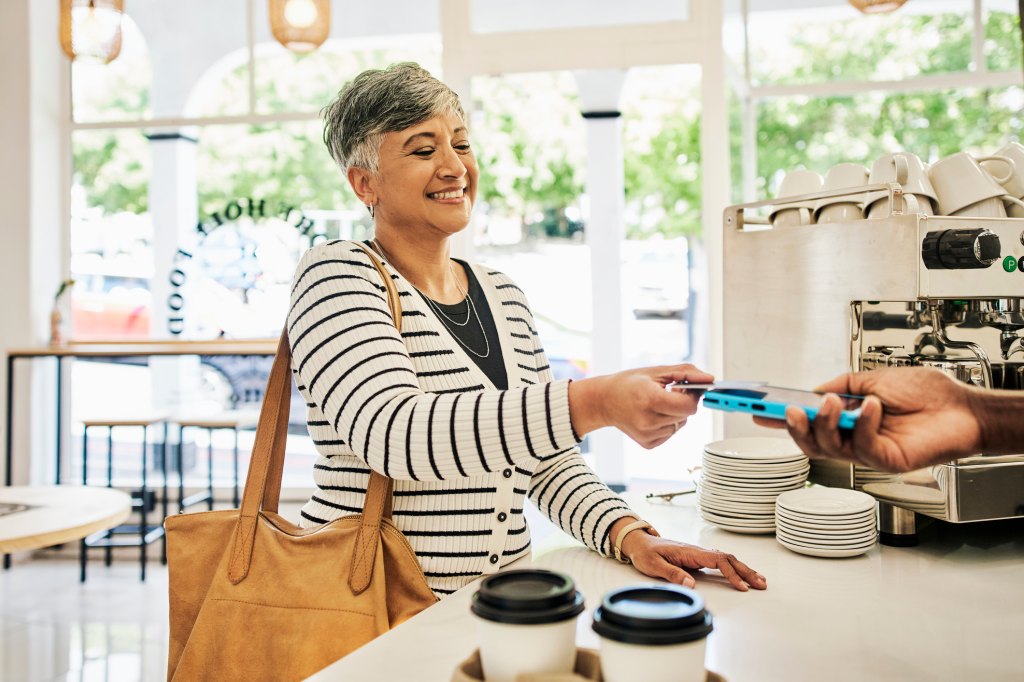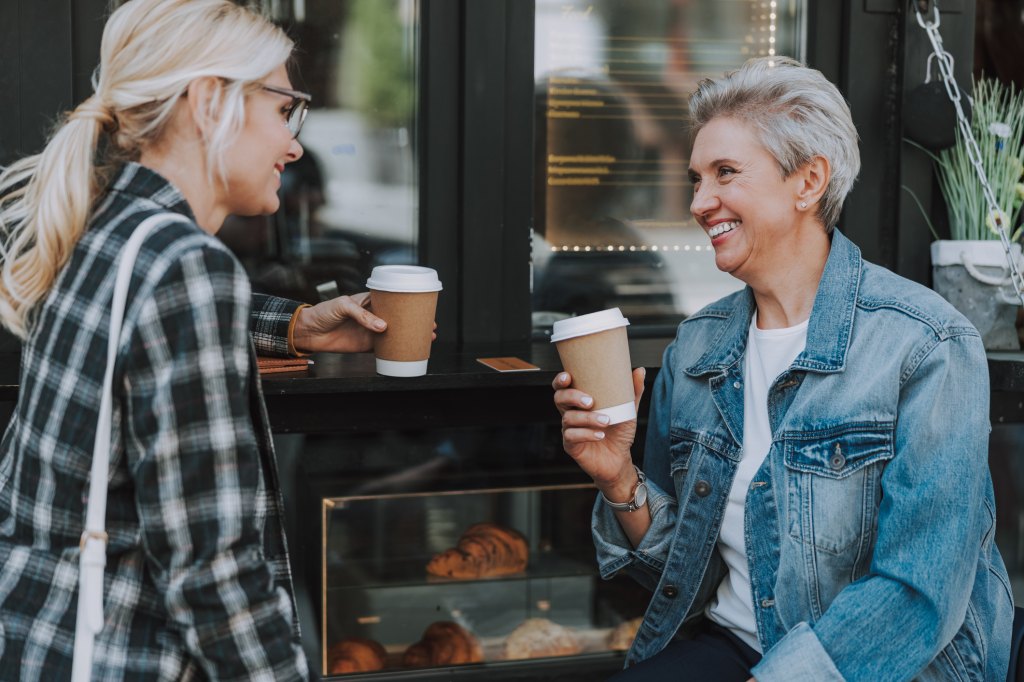Starbucks customers, it’s time to wake up and smell the coffee—and maybe buy a cup while you’re at it! On Monday, January 13, Starbucks announced a significant policy change: starting January 27, customers will need to make a purchase to use the cafe’s facilities, including restrooms and seating. The move reverses the chain’s 2018 open-door policy and is part of their “Back to Starbucks” strategy, which aims to make their coffee houses more “welcoming” for paying customers. Here’s what to know before you plan another coffee run.
The reversal begins a new chapter for Starbucks

In a statement issued by Starbucks, the company explained its reasoning for the shift: “We want to ensure our spaces are prioritized for use by our customers.” They introduced a new Coffeehouse Code of Conduct to provide clarity on how their spaces, including cafes, patios and restrooms, should be used.
The Code of Conduct, which will be displayed in stores nationwide, outlines several key rules:
- Cafes are for customers and their guests.
- Consuming alcohol purchased outside is prohibited.
- Smoking and vaping are banned on Starbucks premises.
- Behaviors like harassment, panhandling and discrimination are not tolerated.
The company emphasized that these guidelines are designed to create an “inviting and welcoming” community coffeehouse environment.
Why the change to Starbucks’ policy?
Starbucks’ decision to end its open-door policy comes after years of challenges related to the unrestricted use of their spaces. The open-door policy was originally introduced in 2018 following a public backlash over the arrest of two Black men at a Philadelphia Starbucks. The pair, who were waiting for a business meeting without making a purchase, were asked to leave and later detained by police. The incident prompted Starbucks to reevaluate its policies and implement a more inclusive approach.
However, the open-door policy brought a new set of issues. Customers have frequently complained about long waits for restrooms and disruptive behavior in cafes. In 2022, Starbucks closed 16 locations across the U.S. due to safety concerns, citing threats to staff and reports of drug use.
It seems the policy shift reflects Starbucks’ effort to strike a balance between inclusivity and maintaining a safe, comfortable environment for both customers and employees.
Breaking the Starbucks open-door policy reversal

Starbucks employees have been trained to enforce the new code of conduct. Baristas are instructed to ask individuals who refuse to comply with the rules to leave. If necessary, they’ll involve law enforcement to ensure safety and order.
The company has also clarified that free water will only be available to paying customers and their guests. While this change may seem strict, Starbucks is framing it as a necessary step to improve the overall experience for their clientele.
“We want everyone to feel welcome and comfortable in our stores,” said Starbucks spokesperson Jaci Anderson to AP News. “By setting clear expectations for behavior and use of our spaces, we can create a better environment for everyone.”
Starbucks CEO backs the open-door policy reversal
This policy update comes as Starbucks continues to navigate its “Back to Starbucks” initiative under CEO Brian Niccol, who joined the company in August 2024. Known for his success in revitalizing Chipotle, Niccol has been focused on driving growth and enhancing the Starbucks experience.
Niccol has already made waves with several high-profile decisions, including pausing price increases for the remainder of the fiscal year. “The approach we’ve taken right now is to hit the pause button on any pricing,” Niccol shared on Good Morning America in December.
Reactions to the Starbucks open-door policy reversal
On social media, most reactions have been critical. “This is an absolutely terrible and greedy decision to make. People used to go in there all the time and just study,” wrote one upset X user. Another added, “This is actually just punishing their employees who are going to have to enforce this.”
Some, however, supported the reversal. “It’s not a library or a workspace. It’s a place of business that sells things,” reasoned one X user.
As Starbucks navigates this next chapter, it’s clear they’re determined to adapt to shifting customer expectations and challenges.




